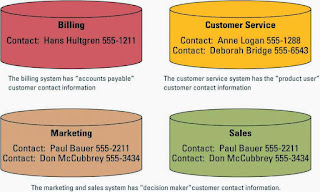Chapter 10
Extending the Organization – Supply Chain Management
Supply Chain Management
Basics of Supply Chain
1.
Materials flow from suppliers and their “upstream” suppliers at
all levels
2.
Transformation of materials into semifinished and
finished products through the organization’s own production process
3.
Distribution of products to customers and their “downstream”
customers at all levels
Organizations must embrace technologies that can
effectively manage supply
§
Plan
Acompany must have a plan for managing all the resources that go
toward meeting customer demand for products or services.
§
Source
Companies must carefully choose reliable suppliers that will
deliver goods and services required for making products
§
Make
This is the step where companies manufacture their products or
services. This can include scheduling the activities necessary for production,
testing, packaging, and preparing for delivery.
§
Deliver (Logistic)
Companies must be able to receive orders from customers, fulfill
the orders via a network of warehouses, pick transportation companies to
deliver the products, and implement a billing and invoicing system to
facilitate payments.
§
Return
This is typically the most problematic step in the supply
chain. Companies must create a network for receiving defective and excess
products and support customers who have problems with delivered products
Visibility
§
Visibility – more visible models of different ways to
do things in the supply chain have emerged. High visibility in the supply
chain is changing industries, as Wal-Mart demonstrated
§
Supply chain visibility – the ability to view all areas up and down the supply
chain
§
Bullwhip effect – occurs when distorted product demand information passes
from one entity to the next throughout the supply chain
Consumer
Behavior
Ø Demand planning software – generates demand forecasts using statistical tools and forecasting techniques
Ø
Supply chain planning (SCP) software– uses advanced mathematical algorithms to improve the flow and
efficiency of the supply chain
Ø
Supply chain execution (SCE) software – automates the
different steps and stages of the supply chain
Competition
Speed













